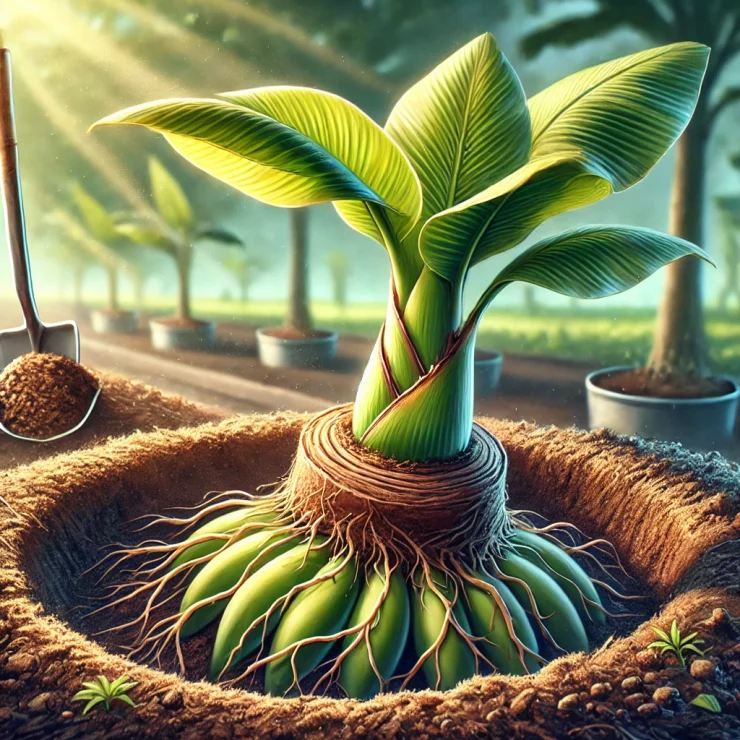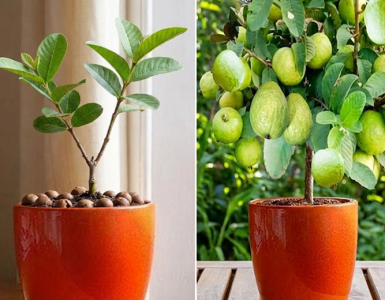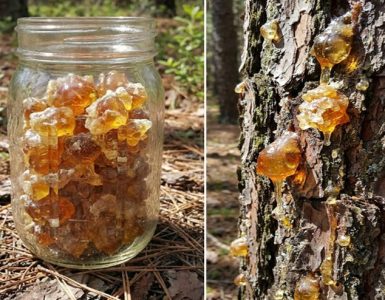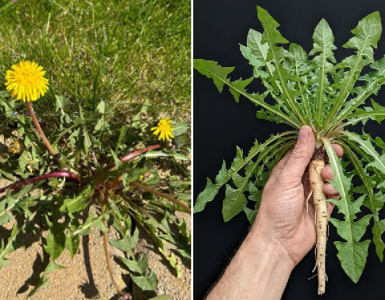Growing a banana tree from a banana may sound like a fun and intriguing gardening project, but it’s important to clarify that you can’t grow a banana tree directly from the fruit itself. However, you can successfully grow a banana tree from its offshoots, known as “pups” or “suckers,” which sprout from the base of an existing banana plant. These pups can be transplanted to grow new banana trees. Here’s a step-by-step guide on how to grow a banana tree at home, starting from a pup.
Understanding Banana Trees
Banana trees (Musa spp.) are tropical plants that produce delicious, nutritious fruits. They grow best in warm, humid environments and require plenty of sunlight, water, and rich soil to thrive. Banana trees reproduce asexually through pups, which are small offshoots that grow around the base of the main plant. These pups can be separated and replanted to grow new banana trees.
1.Obtain a Banana Pup
The first step in growing a banana tree is to obtain a healthy banana pup. If you already have a banana plant, you can use one of the pups that grows around its base. If not, you can purchase a pup from a nursery or a garden center.
How to Select a Pup:
Look for a pup that is at least 3-4 feet tall and has a few healthy leaves.
The pup should be separated from the mother plant when it has its own root system.
Avoid pups that are too small or have yellowing leaves, as they may not establish well.
2.Prepare the Planting Site
Banana trees need a warm, sunny spot with well-draining soil. Before planting, choose a location in your garden that receives at least 6-8 hours of sunlight per day.
Soil Preparation:
Ensure the soil is rich in organic matter. If needed, amend the soil with compost or well-rotted manure to improve its fertility.
Banana trees prefer slightly acidic to neutral soil (pH 5.5-7.0).
Make sure the planting site has good drainage to prevent waterlogged roots, which can lead to rot.
3.Plant the Banana Pup
Once you’ve selected a suitable site, it’s time to plant the banana pup.
Steps for Planting:
Dig a Hole: Dig a hole deep enough to accommodate the root system of the banana pup, typically about 12-18 inches deep and wide.
Position the Pup: Place the pup in the hole with its roots spread out and the base of the plant level with the surrounding soil.
Backfill the Hole: Fill the hole with soil, pressing it down gently around the base of the pup to remove air pockets.
Water Thoroughly: After planting, water the pup thoroughly to help it establish in its new location.
4.Care for Your Banana Tree
Banana trees require consistent care to grow strong and healthy. Here are some essential tips for maintaining your banana tree:
Watering:
Banana trees need plenty of water, especially during the growing season. Water the tree regularly to keep the soil evenly moist, but avoid overwatering, which can lead to root rot.
During dry periods, water more frequently to prevent the soil from drying out.
Fertilizing:
Feed your banana tree with a balanced fertilizer every month during the growing season (spring and summer). Banana trees are heavy feeders and will benefit from regular applications of nutrients.
Use a fertilizer high in potassium, as bananas require this mineral for healthy fruit production.
Mulching:
Apply a layer of organic mulch around the base of the banana tree to help retain moisture, regulate soil temperature, and suppress weeds.
Mulch also provides the tree with additional nutrients as it breaks down.
Pruning:
As the banana tree grows, remove any dead or damaged leaves to maintain the plant’s health and appearance.
If multiple pups start to grow around the base of the tree, remove all but one or two of the healthiest pups to prevent overcrowding and competition for nutrients.
5.Protecting Your Banana Tree
Banana trees are susceptible to certain pests and diseases, so it’s important to monitor your plant regularly and take action if needed.
Common Issues:
Pests: Look out for aphids, banana weevils, and spider mites. If you notice an infestation, treat the tree with insecticidal soap or neem oil.
Diseases: Fungal infections like Panama disease and leaf spot can affect banana trees. Ensure good air circulation around the plant and avoid overwatering to reduce the risk of disease.
6.Harvesting Bananas
Banana trees typically take 9-12 months to produce fruit. When the bananas appear, they will grow in clusters, known as “hands,” on a long, downward-hanging stalk. The bananas will be green at first and will ripen on the tree.
When to Harvest:
Harvest bananas when they are fully formed but still green. Cut the entire stalk and hang it in a cool, dry place to allow the bananas to ripen.
Bananas are ready to eat when they turn yellow and have a slightly soft texture.
7.Propagating More Banana Trees
Once your banana tree has fruited, it will begin to decline. However, before it dies, it will produce new pups at its base. These pups can be separated and replanted to continue growing bananas.
Steps for Propagation:
After harvesting the bananas, allow the main plant to produce pups.
Follow the same steps as before to separate the pups and replant them in a new location.
Growing a banana tree from a banana pup is a rewarding and relatively simple process. With the right care and attention, you can enjoy fresh, homegrown bananas and even propagate new trees for years to come. Whether you’re an experienced gardener or a beginner, cultivating a banana tree in your garden or home can be a delightful addition to your gardening journey.






Add comment